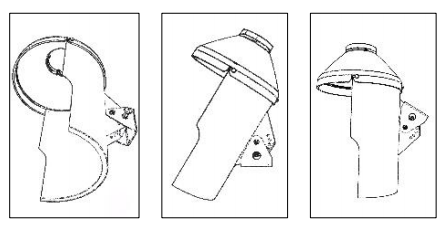The German Federal Court of Justice (“BGH”) held in its decision “Papierspender” (“Paper Dispenser”) that a Community design was not automatically caught by the functionality provision of the Community Design Regulation because it had appeared in a patent application. The decision highlights the importance for product developers to keep detailed records, already during product development, as to why a particular visual appearance of the product was chosen.
In the decision of 7 October 2020, the BGH annulled the appeal court’s judgment that had found the community design No. 001344022-0006 invalid. Functionality was not proven by the mere fact that the product appeared in a patent application as a patent application does not contain considerations as to the visual appearance of the product, but only describes its technical function. Now the case is back at the Düsseldorf Higher Regional Court.

The starting point of the BGH decision is the wording of art. 8(1) Council Regulation (EC) No 6/2002 (CDR), according to which a Community design shall not subsist in features of appearance of a product which are solely dictated by its technical function. The European Court of Justice specified in DOCERAM (CJEU, C-395/16) that a design could not be protected if the technical function of all product features was the only factor determining the design, while other considerations, in particular related to its visual aspect, played no role in the choice of the features. Moreover, the CJEU rejected the “multiplicity of forms” theory ruling that the existence of alternative designs alone was not sufficient to rule out functionality. Otherwise, it would be possible to protect a variety of forms of the product as designs to ultimately obtain a monopoly that was comparable to that of a patent, without having to comply with the requirements for the grant of a patent.
Developing this further, the BGH has now decided that the mere fact that a patent has been requested for the product at issue is not compelling evidence that its features were solely dictated by the technical function, nor was it necessary to prove an “aesthetic excess” as the Appeal Court Dusseldorf seemed to require.
Of course a patent application may serve as an indication of functionality in the overall assessment under art. 8(1) CDR as to whether the appearance of the features is dictated by the technical function. That is not contrary to the principle that different forms of IP protection can coexist. That said, the mere existence of a patent application cannot prove functionality, and neither the absence of considerations regarding the visual appearance of the product nor the presence of considerations regarding its technical function in the patent application indicate functionality. After all, it is the sole objective of a patent application to describe the technical function and not the visual appearance of the product.
In addition, the BGH criticized the Appeal Court for focusing solely on the disputed product as a whole rather than on individual features of appearance thereof, which is what art. 8(1) CDR mentions. As a result, the Appeal Court did not duly determine whether there was not at least one protectable feature of appearance.
The judgment makes clear that, due to the great relevance of evidence by testimony and documentary evidence in addition to expert evidence to determine whether the appearance is solely dictated by the technical function of the product, it is more important than ever for product developers to keep detailed records of the development process to show why a specific visual appearance was chosen for the product.
_____________________________
To make sure you do not miss out on regular updates from the Kluwer Trademark Blog, please subscribe here.


